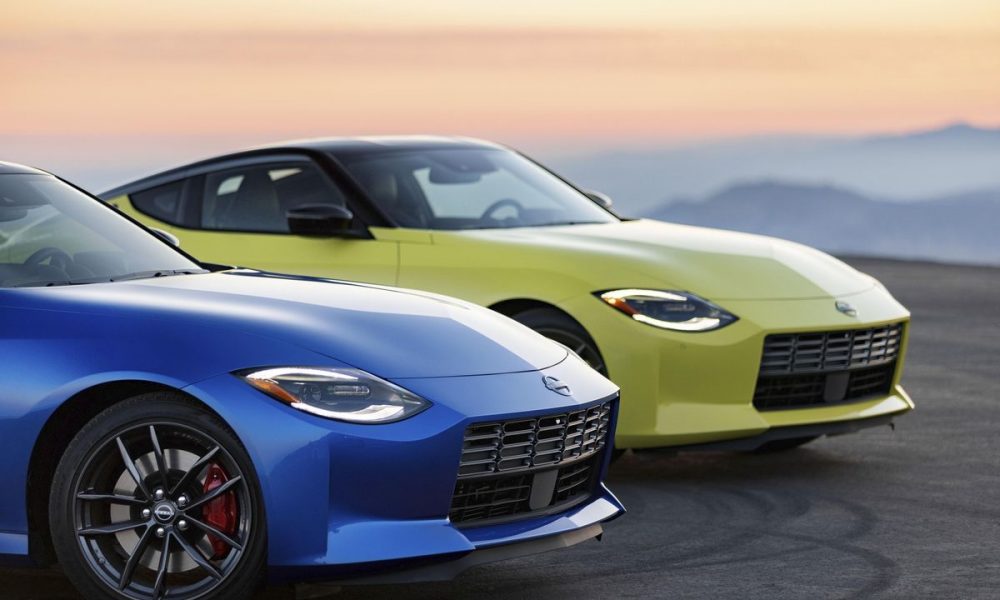
For many decades, manual transmissions were the standard choice for car enthusiasts and professional drivers alike. They provided a sense of control and connection to the road that automatic transmissions simply couldn’t match. However, as technology advanced and automatic transmissions became more refined, the popularity of manual transmissions began to wane. In recent years, however, there has been a noticeable resurgence of interest in manual transmissions. So, is this a dying art or a comeback?
The Decline of Manual Transmissions
In the late 20th century, automatic transmissions became more common and more advanced. They were easier to use, more efficient, and required less driver input. As a result, most car manufacturers began to phase out manual transmissions in favor of automatics. By the early 2000s, most cars sold in the United States were equipped with automatic transmissions.
However, many car enthusiasts still preferred manual transmissions. They argued that the increased control and engagement provided by a manual transmission made driving more fun and rewarding. Additionally, manual transmissions were often less expensive and more fuel-efficient than their automatic counterparts.
The Resurgence of Manual Transmissions
In recent years, there has been a noticeable resurgence of interest in manual transmissions. Car enthusiasts, in particular, have been vocal about their desire for more cars with manual transmissions. Many have argued that automatic transmissions have become too advanced and have taken too much control away from the driver. They also argue that manual transmissions provide a greater sense of connection to the car and the road.
Car manufacturers have taken notice of this trend and have begun to offer more cars with manual transmissions. Some manufacturers, such as Porsche, have even gone so far as to offer manual transmissions as a premium option on certain models.
The Benefits of Manual Transmissions
There are many benefits to driving a car with a manual transmission. For one, manual transmissions provide greater control and engagement. The driver has to shift gears manually, which requires more attention and skill. Additionally, manual transmissions are often less expensive and more fuel-efficient than automatic transmissions.
Manual transmissions also provide a greater sense of connection to the car and the road. Because the driver has to shift gears manually, they become more in tune with the car’s performance and handling. This can lead to a more enjoyable and satisfying driving experience.
The Future of Manual Transmissions
While the resurgence of manual transmissions is certainly a positive trend for car enthusiasts, it remains to be seen whether this trend will continue in the long term. As cars become more advanced and electric cars become more common, manual transmissions may become less relevant. Additionally, younger generations may not have the same interest in manual transmissions as older generations.
However, for now, the resurgence of manual transmissions is a welcome development for car enthusiasts who value the sense of control and connection that manual transmissions provide. Whether this is a dying art or a comeback remains to be seen, but for now, manual transmissions are once again a viable option for those who want a more engaging driving experience.





